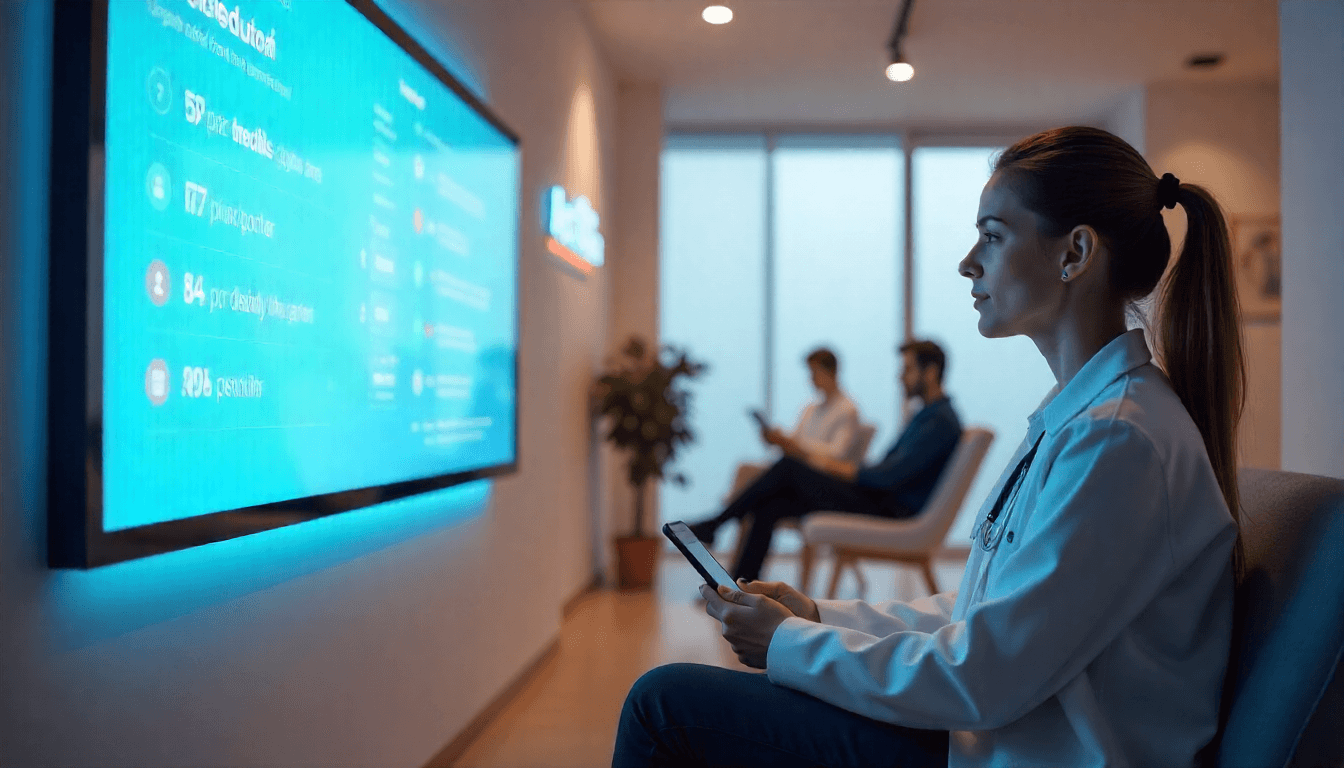The evolution of modern healthcare is inextricably linked to the rapid advancement of technology. Nowhere is this more apparent than in telemedicine, which has transitioned from a niche service to a fundamental component of the care continuum. A recent $120M healthtech deal has sent ripples through the industry, heralding a new era of virtual care. This landmark transaction is not merely a financial milestone; it represents a strategic consolidation that promises to redefine telemedicine by blending innovative technology, comprehensive data analytics, and seamless patient experience. This article examines a major financial transaction (over $50 million) that is accelerating the future of healthcare.
The COVID-19 pandemic acted as an accelerant for telemedicine adoption. This made it a necessity rather than a convenience. Providers and patients alike quickly realized the benefits of remote consultations, from reduced travel and wait times to improved access for rural communities. Still, the early iterations of telemedicine were often siloed, lacking deep integration with existing health records and advanced analytical capabilities. To truly transform healthcare, the industry needed to move beyond basic video calls and embrace more sophisticated, data-driven platforms. The healthtech deal is a direct response to this need, combining a robust virtual care platform with a specialist in AI-powered health analytics. The combined entity is uniquely positioned to build a holistic, intelligent, and truly integrated virtual health ecosystem.
The Foundation of Modern Telemedicine: Addressing Core Needs
Early telemedicine platforms, while groundbreaking, often operated as standalone solutions. They facilitated remote appointments, but patient data remained fragmented and difficult to integrate with a provider’s electronic health records (EHR). Furthermore, these platforms often lacked the tools necessary for continuous, proactive care. A typical virtual visit was an episodic event, rather than a step in a patient’s ongoing health journey. This model presented challenges for managing chronic diseases and ensuring continuity of care.
The industry recognized that for telemedicine to reach its full potential, it needed a more integrated approach. The platform had to become a central hub for all patient interactions, from scheduling and secure messaging to real-time data monitoring and personalized care plans. The market began rewarding companies that could offer these comprehensive solutions. This paved the way for strategic transactions like the healthtech deal. It recognized that synergy between different technologies was the key to unlocking the next phase of innovation.
The $120 Million Catalyst: A Fusion of Innovation
The recent $120M healthtech deal involved the acquisition of “MedInsight Analytics,” a leading provider of AI-driven patient data platforms, by “CuraLink Health,” a well-established telemedicine services company. This strategic merger creates a powerful new entity, poised to offer an all-in-one virtual health platform. The capital infusion will primarily fund the seamless integration of MedInsight’s AI and data analytics engine into CuraLink’s existing virtual care ecosystem. The combined company will now have the ability to not only connect patients and doctors but also to analyze a patient’s health data in real time, offering unprecedented insights and proactive care capabilities.
The funds will also support a significant expansion into new markets, both domestically and internationally. This will make the platform’s advanced features available to a much larger population. Furthermore, the investment will be used to scale up research and development. This will create new features such as predictive health analytics and personalized digital therapeutics. This transformative healthtech deal positions the new company at the forefront of the digital health revolution, setting a new benchmark for what telemedicine can achieve.
Redefining Patient Experience and Care Delivery
The integration of AI and data analytics into CuraLink’s platform is fundamentally redefining the patient experience. Instead of a single, isolated virtual appointment, patients now engage with a continuous, intelligent system. Prior to a virtual visit, MedInsight’s AI engine can analyze a patient’s historical data from their EHR and wearables, generating a concise summary for the physician. This allows for more informed and efficient consultations. The physician can quickly identify key health trends, potential risks, and areas that require immediate attention.
Post-appointment, the platform uses AI to create a personalized care plan. This includes medication reminders, follow-up recommendations, and educational resources. This proactive approach ensures that patients are actively engaged in their own health management. It also improves health outcomes and reduces the need for expensive, in-person interventions. This enhanced experience is truly a product of the $120M healthtech deal. The combined platform provides a level of personalization and support that was previously unattainable.
The Role of Remote Patient Monitoring (RPM)
A critical component of this redefined telemedicine model is the integration of Remote Patient Monitoring (RPM) technology. The new company is leveraging the healthtech deal to develop and distribute a suite of connected devices and wearables. These devices, ranging from smart blood pressure cuffs to continuous glucose monitors, transmit real-time health data directly to the platform. This data is then analyzed by the AI engine. It alerts providers to any abnormal readings or potential health crises before they escalate.
This continuous monitoring is particularly impactful for managing chronic conditions such as heart disease, diabetes, and hypertension. Doctors can track their patients’ vital signs daily, adjusting care plans as needed and providing timely interventions. This capability moves healthcare from a reactive, episodic model to a proactive, preventative one. The investment in these technologies positions the merged entity as a leader in continuous care. It helps patients remain healthier and more independent for longer.
Enhancing Physician Workflow and Efficiency
Physicians also stand to benefit immensely from the enhanced platform created by the healthtech deal. A significant pain point for doctors is the administrative burden of clinical documentation. The new platform uses AI to automate this process. It transcribes conversations during virtual visits and generates a structured summary for the patient’s record. This saves valuable time, allowing physicians to focus more on patient care and less on paperwork.
Furthermore, the platform’s robust data analytics and interoperability with EHR systems streamline workflows. This makes it easier for providers to access and share patient information. The AI-powered decision support tools provide physicians with evidence-based diagnostic recommendations. This improves accuracy and speeds up the decision-making process. The enhanced efficiency not only reduces physician burnout but also allows clinics to see more patients, ultimately improving access to quality care for a larger population.
Conclusion: A Legacy of Innovation and Access
O $120M healthtech deal represents a landmark moment in the evolution of telemedicine. By strategically combining AI-powered analytics with a robust virtual care platform, this transaction has created a comprehensive solution that moves beyond simple video consultations. It has ushered in an era of intelligent, integrated, and personalized healthcare. This funding is fueling innovations that enhance the patient experience, empower physicians, and make continuous, proactive care a reality. The resulting platform is a powerful testament to the transformative potential of technology when applied with a clear vision and a mission to improve health outcomes. This deal is not just a financial transaction; it is a legacy of innovation that is paving the way for a more accessible, efficient, and equitable future for healthcare.



Comentários